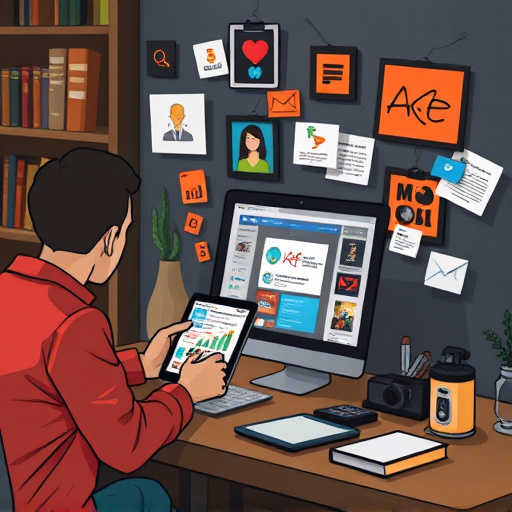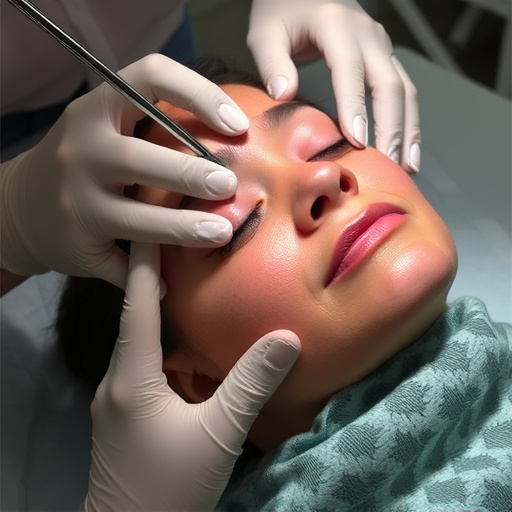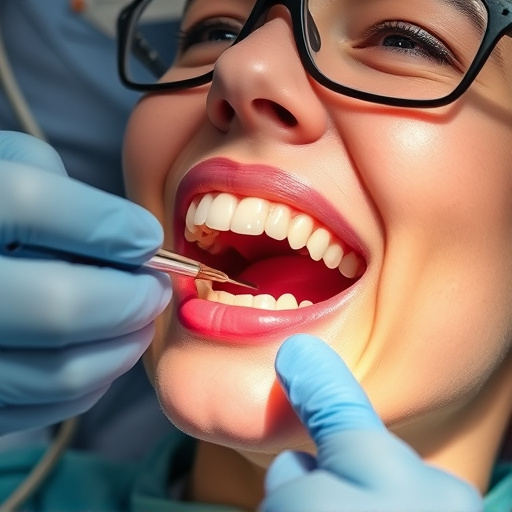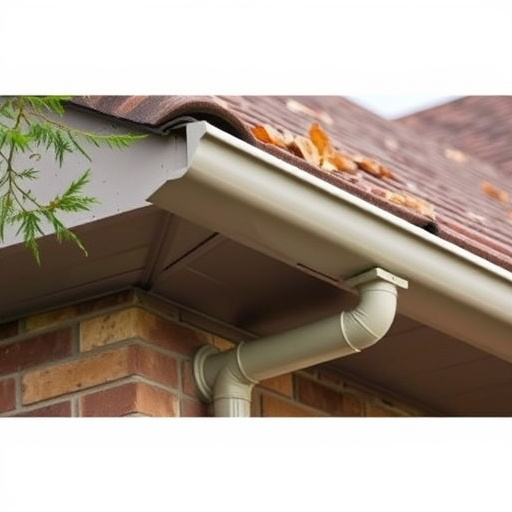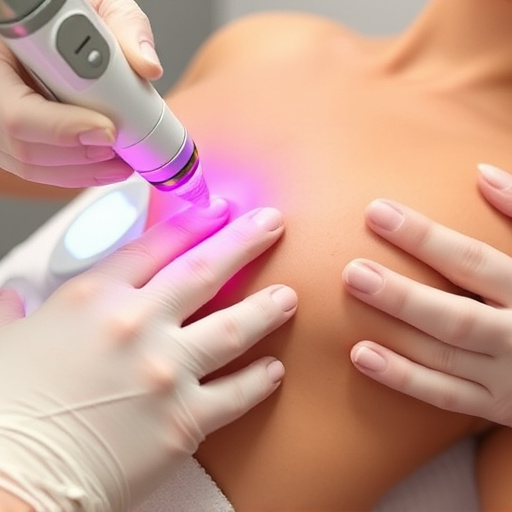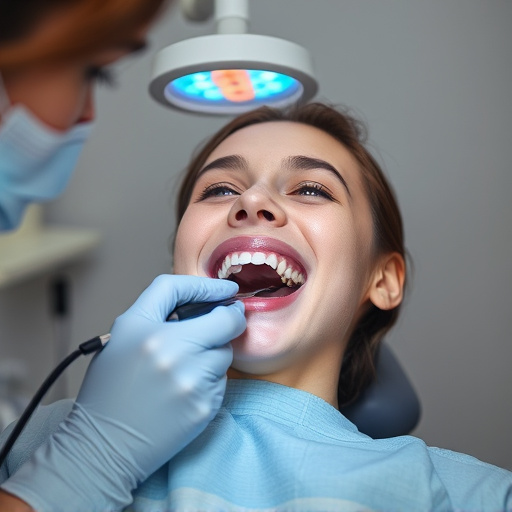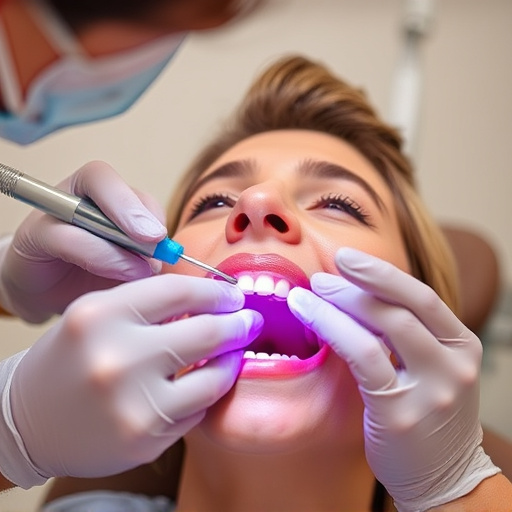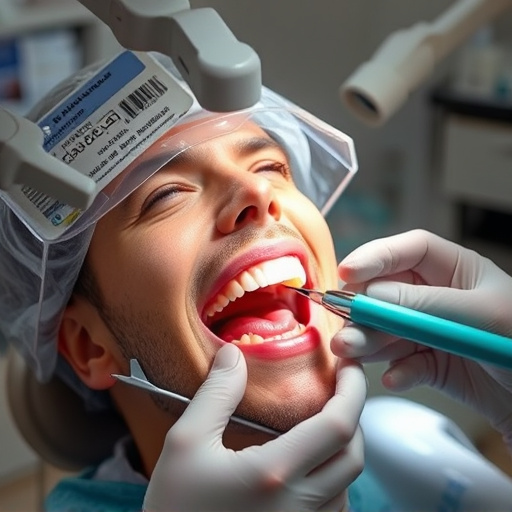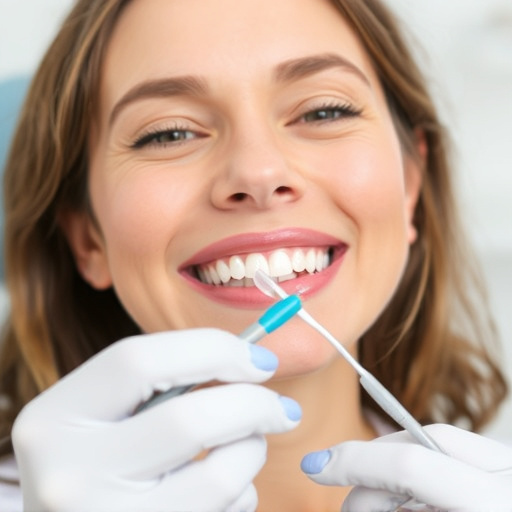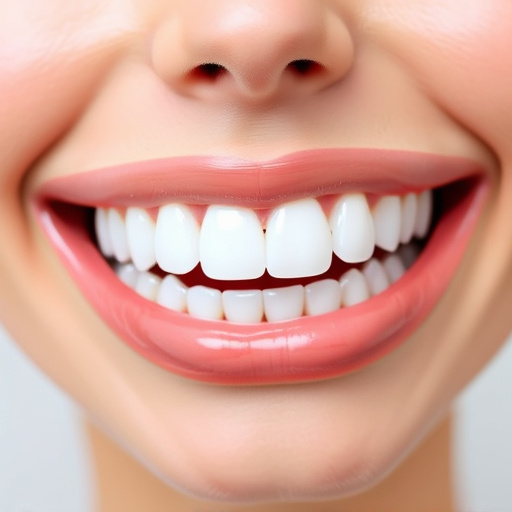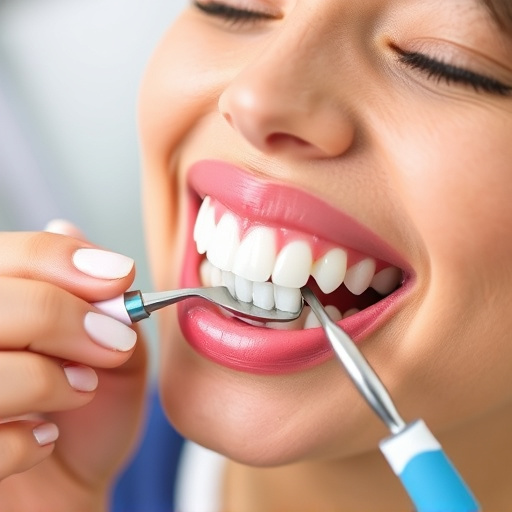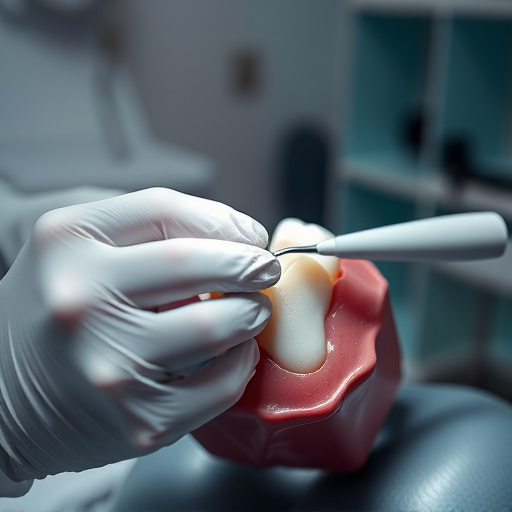Walk-in dental appointments are a transformative approach to bridge oral health disparities, especially in underserved communities. By offering immediate access to diverse dental services, from emergency care to preventive checks, these appointments cater to patients with varying financial and healthcare needs. This model increases patient reach, ensuring basic dentistry is accessible to all, thereby improving community oral health outcomes and creating a more inclusive healthcare environment. Implementing walk-in dental appointments addresses critical barriers like lack of insurance, cost concerns, and anxiety, fostering proactive oral health management for previously underserved populations.
Walk-in dental appointments are transforming access to care, addressing longstanding disparities in oral health. This innovative approach offers a multitude of benefits, particularly for underserved communities, low-income individuals, and minorities who often face barriers to regular dental care. By providing same-day availability, flexible scheduling, and streamlined processes, walk-ins enhance convenience, reduce wait times, and foster better patient engagement, ultimately improving overall oral health outcomes.
- Addressing Dental Care Disparities with Walk-In Appointments
- – Exploring the impact on underserved communities
- – Increasing availability for low-income individuals and minorities
Addressing Dental Care Disparities with Walk-In Appointments
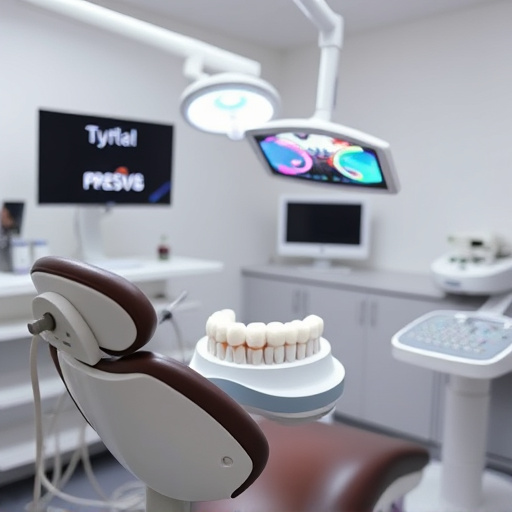
Walk-in dental appointments play a pivotal role in bridging the gap between those who need immediate dental care and those who face barriers to accessing traditional dental services. Many communities, especially underserved areas, suffer from dental care disparities where limited resources and accessibility contribute to higher rates of oral health issues. Walk-in clinics offer a solution by providing quick access to basic dental care services, such as family dentistry, cosmetic fillings, and comprehensive dental examinations.
By implementing walk-in appointments, dental practices can serve more patients, including those who lack insurance or face financial constraints, ensuring that everyone receives the essential care they need. This approach not only improves oral health outcomes but also fosters a sense of community, where people from all walks of life have an equal opportunity to maintain their smiles and overall well-being.
– Exploring the impact on underserved communities
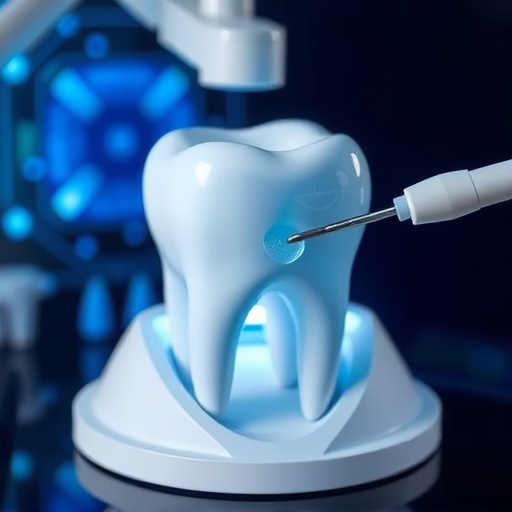
Underserved communities often face significant barriers to accessing quality dental care. Walk-in dental appointments have emerged as a promising solution, offering immediate and accessible care to those who might otherwise be left behind. By eliminating the need for lengthy waits and appointments, these appointments ensure that individuals with urgent dental issues, such as severe toothaches or oral injuries, receive timely treatment. This is particularly crucial in communities with limited dental healthcare resources.
Furthermore, walk-in clinics often provide a range of services, including basic dental check-ups, preventive care, and even some cosmetic dentistry procedures. They also serve as entry points for individuals who may be hesitant to seek regular dental care due to cost concerns or anxiety associated with traditional clinic settings. Offering emergency dental care as part of these walk-in appointments ensures that acute oral health crises are addressed promptly, potentially preventing more complex—and expensive—issues down the line.
– Increasing availability for low-income individuals and minorities
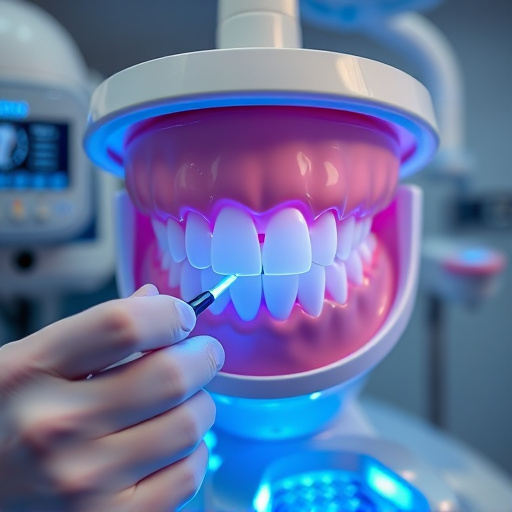
Walk-in dental appointments play a pivotal role in enhancing access to oral care for low-income individuals and minorities who often face barriers in traditional healthcare systems. These appointments offer immediate availability, addressing the urgent dental needs of underserved populations. Many low-income families lack consistent dental insurance or face financial constraints that delay necessary treatments like teeth cleaning, tooth repair, and even preventive care. Walk-in clinics provide a safety net, ensuring that everyone, regardless of their economic background, can access basic dental services without extensive waiting times.
By implementing walk-in models, dental practices can cater to the diverse cultural and linguistic needs of minority communities. This approach helps break down language barriers and cultural hesitations that might deter people from seeking regular dental care. With a focus on accessibility, these appointments encourage proactive oral health management, promoting better overall health outcomes for those who have previously been excluded from quality dental services due to financial or practical limitations.
Walk-in dental appointments represent a significant step towards addressing dental care disparities, particularly in underserved communities. By increasing accessibility and reducing barriers to entry, these appointments ensure that low-income individuals and minorities receive timely and necessary oral health care. This approach not only improves overall public health but also fosters equitable access to dental services, ultimately bridging the gap between those who need care and those who previously had limited options.

